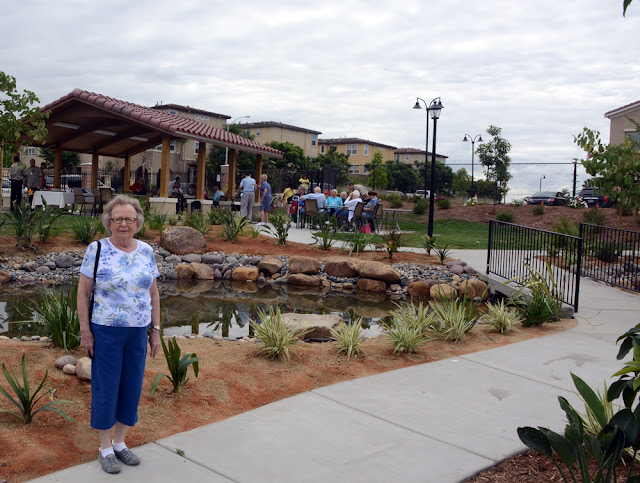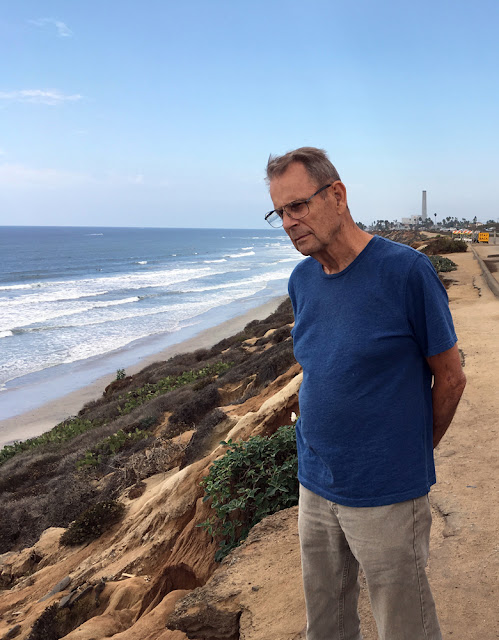Antigone: About the play… The stuff of a 2500-year-old soap opera.
Background: the four children of Oedipus are Antigone and Ismene, sisters who are on opposite sides in responses to a decree by the new ruler of Thebes and Eteocles and Polyneices, brothers on opposite sides in a civil war who have killed each other in battle… As the play opens, the new ruler, Creon, uncle to the four grown children of Oedipus, has issued a decree that Eteocles’ body should be honored with the burial ritual of a hero, and the body of Polyneices, should be left unburied in the battle field, denying him sanctified holy rites. Antigone is unable to persuade her sister to join her in response to Creon’s decree, and she spreads dirt on the body of Polyneices. Creon is furious and orders a sentry to find the person guilty of defying his order. The sentry brings Antigone to Creon. She argues with him about the morality of his decree, and his fury continues… Creon declares that Antigone will die for her defiance. Ismene’s is upset by the circumstances and tries to make things right with Antigone by saying to Creon that she was guilty of helping her sister with the rituals… and thinking she was a partner with Antigone in her crime against him… Creon orders both of them to be imprisoned until they can be executed. Creon’s son, Haemon, who is engaged to marry Antigone, tries to persuade his father to spare her life, to forgive her. Creon and his son argue and separate angrily. Creon forgives Ismene but doesn’t relent his anger toward Antigone. He orders Antigone to be buried alive in a cave. Antigone hangs herself.
A messenger comes onto the stage to report Antigone’s death. Eurydice, Creon’s wife and Haemon’s mother enters and asks the messenger to tell her everything. The messenger says he saw that Creon had taken the advice of the leader of the chorus and has allowed the body of Polyneices to be buried. Creon comes to Antigone’s cave where he found his son grieving over the body of Antigone. Creon and Haemon fight. Haemon tries to stab his father, doesn’t manage to do it, and instead stabs himself. Eurydice grieving goes into the palace.
The play ends with Creon carrying his son Haemon’s body. The messenger arrives to say that Eurydice has killed herself and that she cursed her husband as she died. The play ends with Creon still being the king, but that he has lost everything important to his life…his wife, his children…


















































